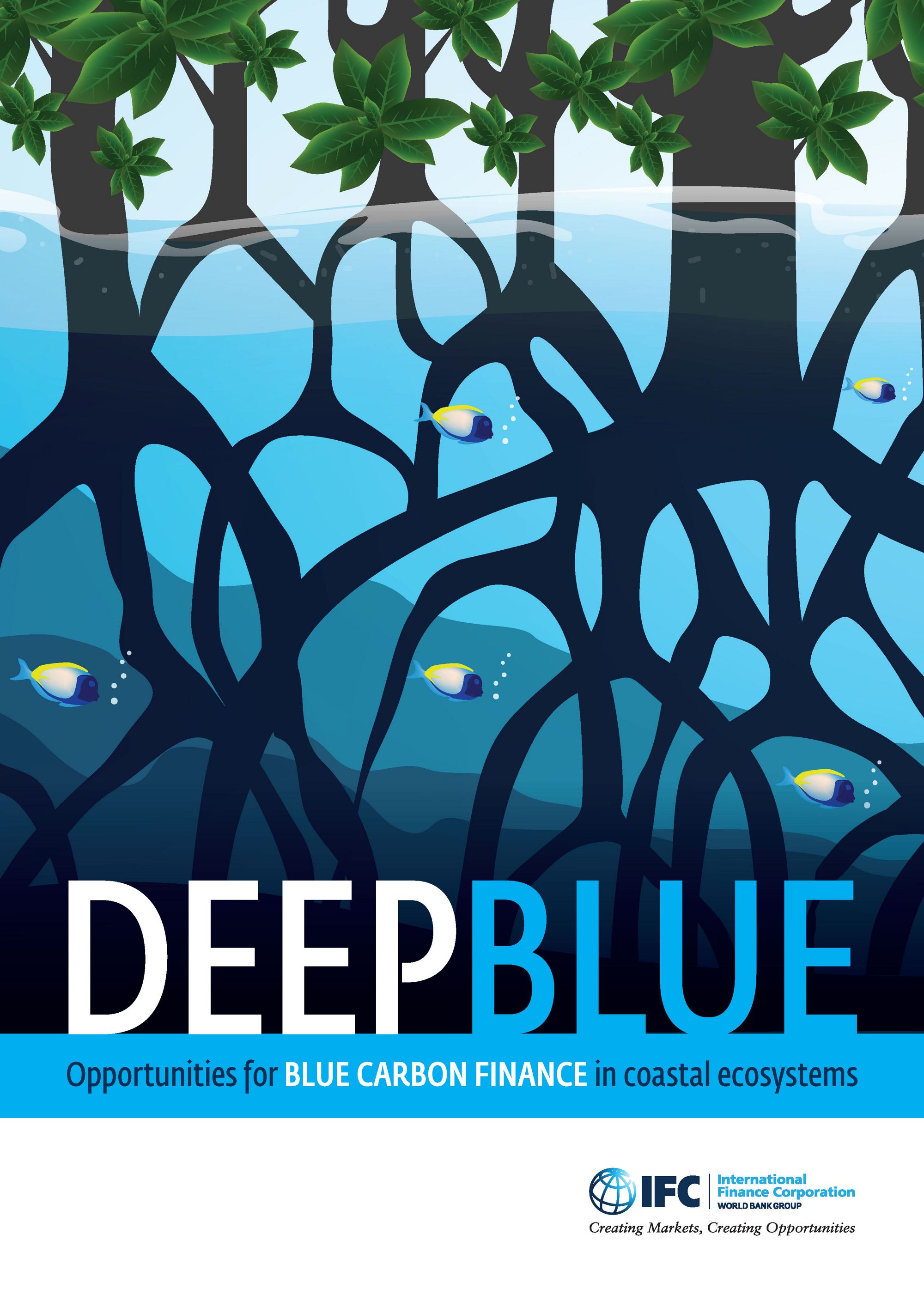Tidal wetlands – which are found along seacoasts - provide essential ecosystem services such as fish, timber, coastal protection, and pollution control - and important livelihood opportunities for local communities.
Although these fragile ecosystems occupy only 0.2 percent of the globe, they are also hotspots for carbon storage, as their soils sequester 10 times more carbon than terrestrial ecosystems. This means that nature-based solutions focused on conserving tidal wetlands are also a cost-effective way to reduce greenhouse gas (GHG) emissions.
This is where “blue carbon” comes in. Carbon credits generated from blue carbon projects can be used by companies to neutralize their carbon footprint or by governments to support their Nationally Determined Contribution (NDC) commitments under the Paris Agreement.
However, despite growing demand for blue carbon credits and increasing interest in these types of projects, blue carbon projects are still in need of funding. Capital to support climate mitigation activities is available but is slow in finding its way to the right projects. This report provides an overview of the emerging blue carbon market. Financial Institutions (FIs) can play an instrumental role in this market by:
- Offering firm carbon purchase agreements to developers of blue carbon projects;
- Promoting the implementation of nature-based solutions in coastal infrastructure projects which they finance;
- Providing financial assistance and advisory services to insurers in developing markets to tailor flood risk policies to wetland enhancement interventions
- Designing “blue” bond products to focus on coastal wetland conservation and restoration activities and defining workable metrics and impact frameworks to evaluate the use of relevant proceeds.
